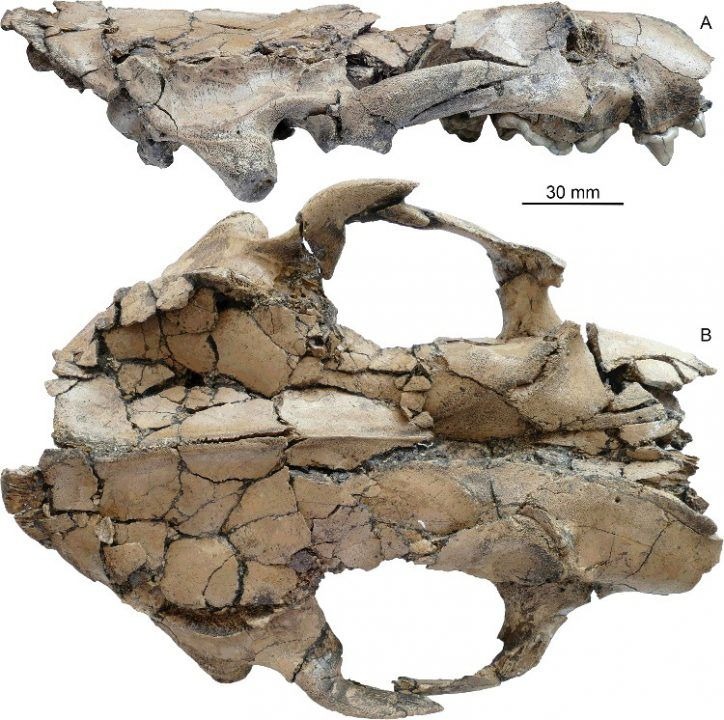These Fearsome Giant Otters Roamed China Millions Of Years Ago
Otters may be one of the most endearing and beloved animals out there, but their ancestors may well have inspired fear rather than affection. Researchers discovered evidence of a new species of otter, distinguished by a far larger body and a set of intimidating jaws. Dubbed "Siamogale melilutra", the evidence of a distinctly different otter species draws new connections between the animals and badgers.
The team of researchers, led by Xiaoming Wang of the Natural History Museum of Las Angeles, discovered a cache of remains in the north-eastern Yunnan Province of south-western China. Although partial fragments of early otter skeletons had been collected before, this new haul was notable for how comprehensive it is. Indeed, the group recovered a nearly complete cranium, mandible, and partial skeletons of at least three individuals.
The results drawn from those bones were surprising. Far from the cuddly little water critters we're familiar with today, Siamogale melilutra was significantly larger: around 100 pounds in weight, with similar build to a wolf. That would make it roughly twice the size of an adult otter today.
Having restored the crushed skull using digital technology, the researchers discovered part-otter characteristics and part-badger. For instance, the extended jaw and teeth are more akin to those found on a badger, the team reports in their paper, published in the Journal of Systematic Paleontology. The animal could have been as long as 2 meters – or 6.5 feet – in length, and would have fed on crustaceans and other similar shellfish, crushed in those powerful jaws.

Signs of early otter life have been seen before, but none in such comprehensive form. According to the best guesstimates of the researchers, the animal lived around 6.6 million years ago. Importantly, it may help explain the confusion between badger and otter development.
Moreover, the team suggest that the discovery opens up new questions about early otter species distribution. The new species, for instance, was first spotted not in the northern Yunnan region of the most recent findings, but at the Yushe Basin, around 870 miles to the north-east, and about 1 million years younger in age. Although concluding that more research is required to get to the bottom of that, the "interesting zoogeographical implications" could include new insights into how otters could have in fact been significantly more adaptable than other carnivores of the time, able to cross river systems and other blockages their land-preferring counterparts stuck to.
